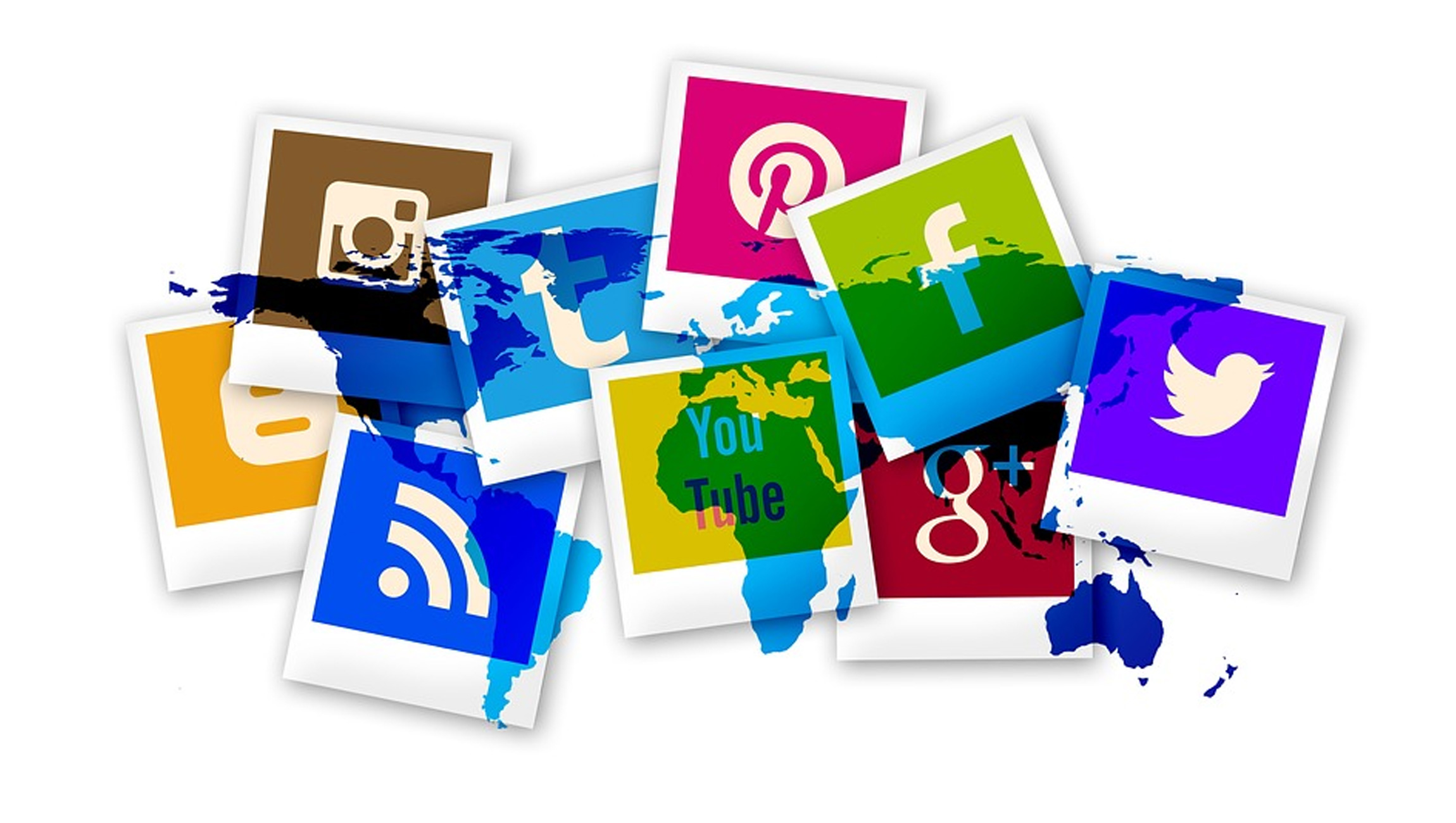Social Media Influencer Content Effectively Drives Engagement, Consideration, And Purchase Intent While TV Effectively Drives Brand Awareness
 Marketing and advertising have evolved in many ways over the past decade—particularly with the ways we consume media, most notably social media. The advent of social media has ushered in a new wave of creators— the talented individuals who have showcased their creativity and developed a following around their content. Enter influencer marketing—one of the fastest growing segments of marketing—a new and exciting way to bring your brand to life. The big question that always remains is: “How do I measure the impact of my marketing programs?”
Marketing and advertising have evolved in many ways over the past decade—particularly with the ways we consume media, most notably social media. The advent of social media has ushered in a new wave of creators— the talented individuals who have showcased their creativity and developed a following around their content. Enter influencer marketing—one of the fastest growing segments of marketing—a new and exciting way to bring your brand to life. The big question that always remains is: “How do I measure the impact of my marketing programs?”
Understanding The Impact of Branded Influencer Marketing
The #paid team decided to tackle this challenge by working with the team at Nielsen Consumer Insights on a Marketing Effectiveness study to better understand the consumer impact of the branded influencer marketing materials, specifically reviewing the creative campaign of a major food and beverage brand. To accomplish this, Nielsen conducted an online study to —
- Evaluate the effectiveness of influencer marketing on key brand KPIs (recall, affinity, etc.)
- Assess the attributes associated with each piece of content (unique, credible, cool, etc.)
- Determine the impact of influencer marketing on future purchase decisions
As a basis of comparison, the team wanted to establish a benchmark against the primary channel for brand-based marketing—video advertising/TV commercials—by using a pre/post-exposure methodology, often used by Nielsen Media Lab. The published study can be found on the #paid website.
The results were surprising, but insightful into the ays consumers view these different types of content. The research showed that video advertising performed extremely well on brand recall and driving brand awareness; however, social media content drove stronger brand perception shifts and content quality was viewed as equivalent or greater than the traditional video ad.
Also Read: How NOT to Handle a Collaboration Request When it Comes to Influencer Marketing
So what does that mean for influencer marketing? These are some of the major takeaways from the study —
Influencer Marketing and TV Work in Complementary Ways
Many marketers view these two investments as an “either/or”, essentially creating a divide between the two channels. In the end, the research revealed the various impacts of marketing, and how they actually work best simultaneously.
When consumers see a TV ad, they see the brand logo, the product shot, the key claims, and tagline. Catchy jingles can get stuck in people’s minds. All of this works well to get people to notice and remember a brand, but this is only the first step within the path to purchase.
Influencer marketing takes this a step further by integrating products into the creators’ lives that consumers seek inspiration from and relate to. In short, creators make products highly relatable and desirable. These attributes have been shown to increase consideration and purchase intent—the next stage of the path to purchase.
Also Read: The Data & Measurement Behind Successful Influencer Marketing
Content Can Be Produced — at Scale — from Social Media Creators
Marketers should look at how we develop creative content in the 21st century. It doesn’t require the pricey studio rentals, production crew, casting talent, and editing anymore. All of these tasks are performed by content creators—the 21st-century production crew.
Initial concerns about the quality of the content were put at ease when the results showed content quality was actually viewed as equivalent or exceeding that of the traditional video ad.
Tools to Measure the Impact of Influencer Marketing Are Becoming More Abundant
Measuring the impact of brand marketing has always been an elusive and tricky thing to figure out. The ways in how we measure the impact can vary depending on the type of campaign that’s run, the objectives set out, as well as the conversion funnel. That said, establishing campaign goals, running brand measurement studies, or any conversion analysis are excellent ways to track the performance of influencer marketing and determine the brand’s ROI.
When traditional research leaders like Nielsen partner with the brand teams, agencies, and industry innovators on finding new ways to measure the impact of new approaches to marketing, the industry wins. It allows all marketers to understand the different use cases and make everybody’s efforts stronger.
Authenticity and Relatable at Its Core
A strength in influencer marketing stems from its ability for brands to partner with creators that develop content perceived to be authentic and relatable to their audience. Their audience has come to know them for an extended period of time, heard their reviews on a range of different products and services, and see a bit of themselves in the creators they follow.
When a creator voices their opinion and integrates a brand into their feed, it connects to their audience in a much more powerful way than simply getting a video view or an ad impression.
Also Read: The Death Of Cash Back And Loyalty Programs – The Burgeoning Impact Of Influencer Marketers
Influencer Marketing Should Be Considered a Key Part of a Marketer’s Toolkit
While influencer marketing programs can be led by different teams— from PR teams, creative teams, media teams, or the brand—the simple story is that influencer marketing is here to stay and deserves significant investment and coordination within a brand plan.
When the #paid team works on various influencer marketing programs, they either partner with brands directly or their media agencies—as they often hold the media budgets. Those budgets are crucial in order to ensure the scalable success of influencer marketing: creators deserve to get compensated for the work, time, and talent; brand teams need to ensure content is created on time and according to the brief.
All in all, the future of influencer marketing is bright. Influencer marketing budgets continue to rise, creators are learning how to integrate brands in a more sophisticated and authentic way, and the industry as a whole is adopting best practices to drive even more value for everybody involved.
Also Read: Influencer Marketing & Your Customer Journey












Comments are closed.